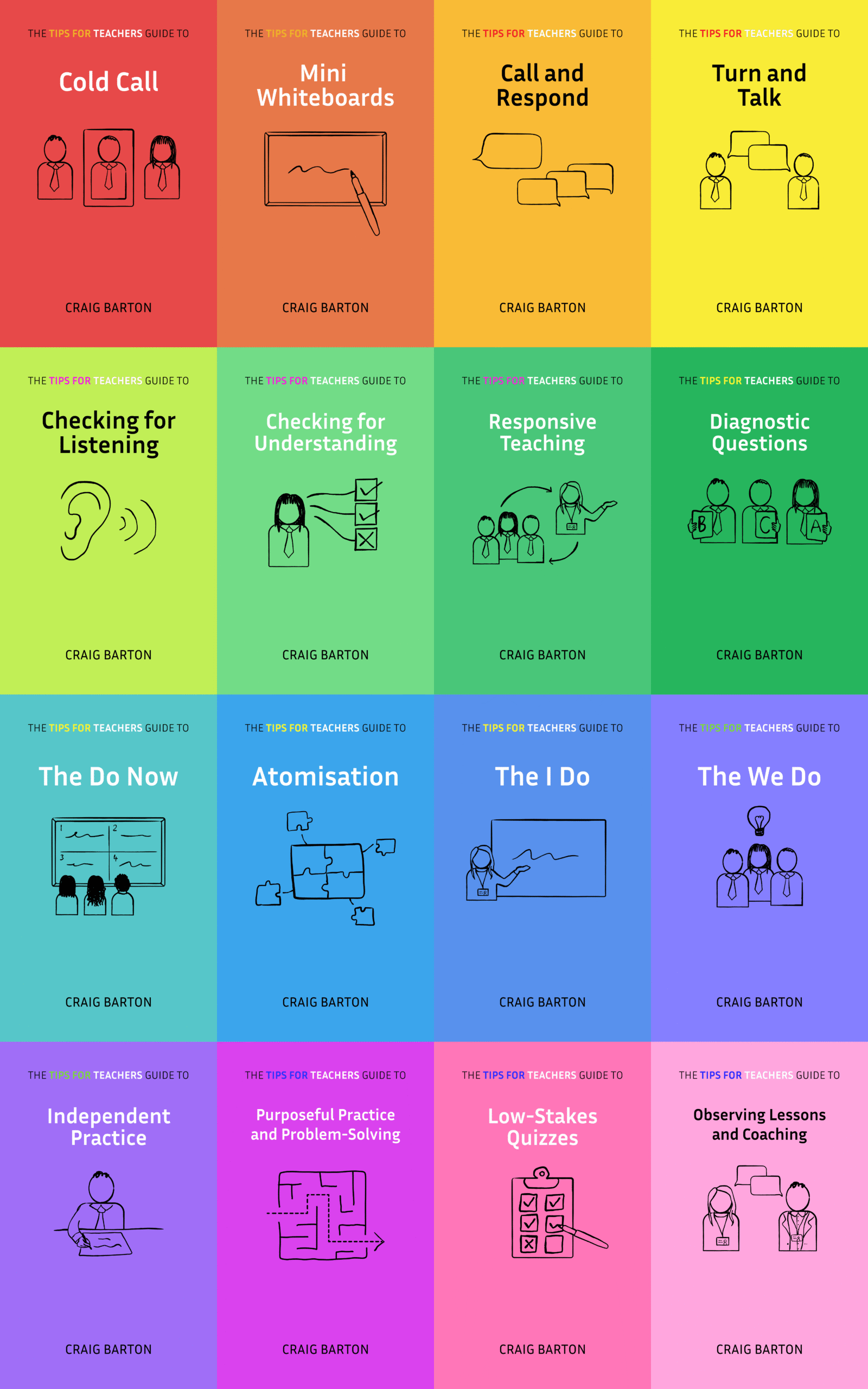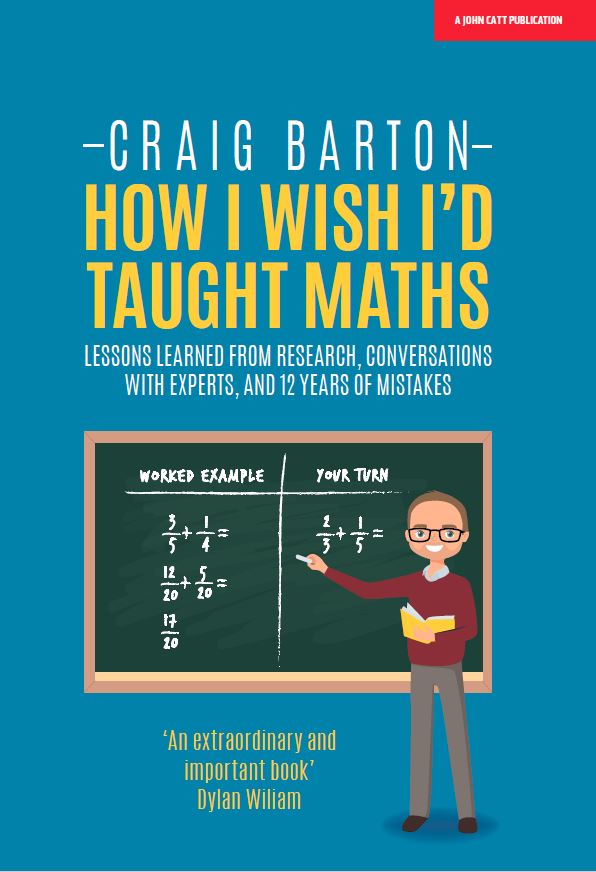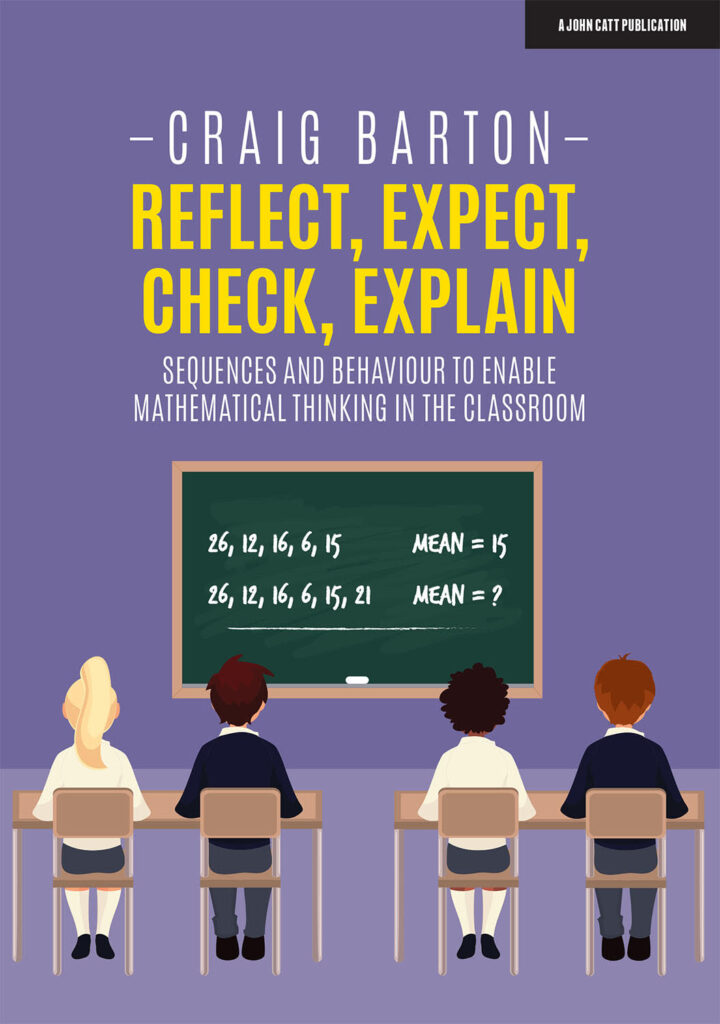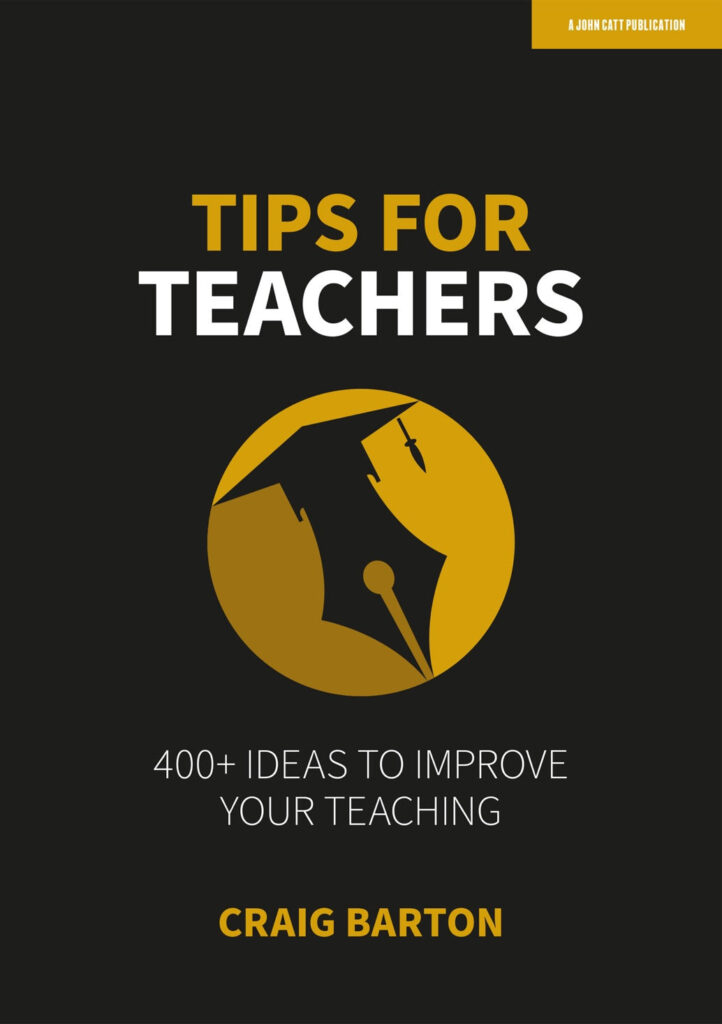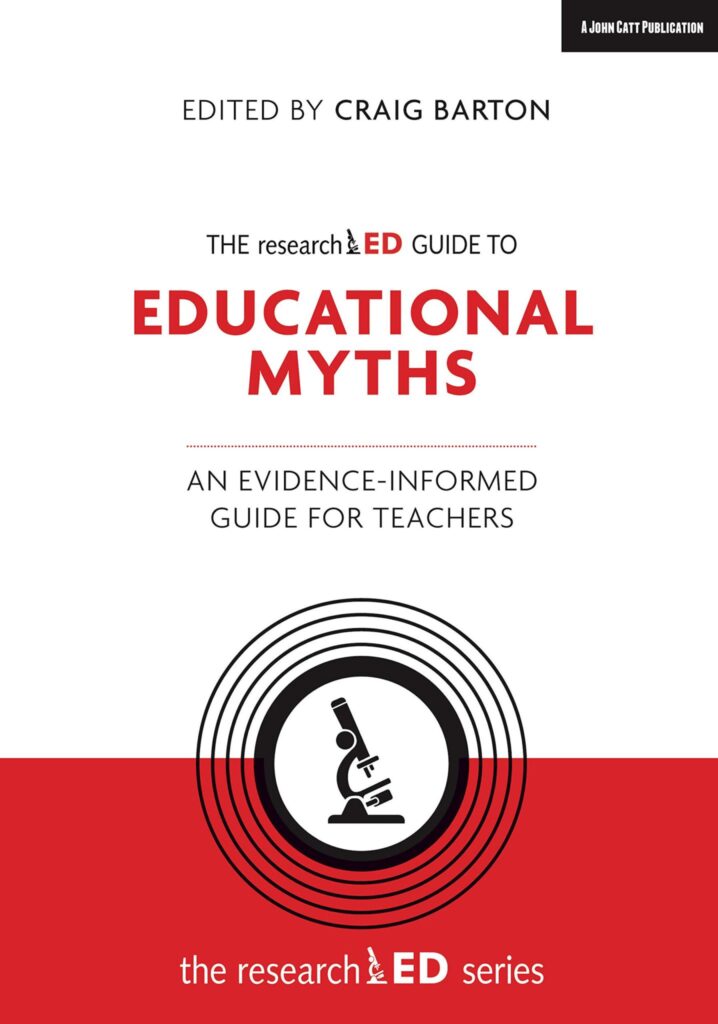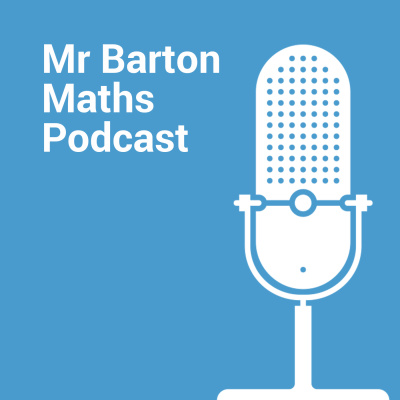
- Title: Is Covert Retrieval an Effective Learning Strategy? Is It as Effective as Overt Retrieval? Answers from a Meta‑Analytic Review
- Authors: Yu et al
- Access the original paper here
- Listen to a deep-dive podcast:
Paper summary
This academic meta-analysis investigates the effectiveness of covert retrieval, recalling information mentally, as a learning strategy compared to overt retrieval, which involves physically producing a response. Analyzing data from numerous studies, the research finds that covert retrieval offers a small but significant benefit for learning, especially for complex materials and long-term retention, and when corrective feedback is provided. However, overt retrieval is generally more effective overall than covert retrieval. The findings suggest that while covert retrieval can supplement learning, overt retrieval is a superior method for consolidating memory.
If teachers are to remember one thing from this study, it should be…
While retrieval practice is a powerful learning tool overall, overt retrieval is generally more effective than covert retrieval for enhancing student learning, and educators should prioritize using methods that require students to actively produce responses
***Paper Deep Dive***
Define the key technical terms used in the paper
- Retrieval practice is the act of recalling information from memory, which is a powerful strategy for reinforcing long-term learning.
- Overt retrieval involves recalling information and producing a visible response by writing, typing, or speaking aloud the retrieved information.
- Covert retrieval involves mentally retrieving information without producing overt responses.
- A meta-analysis is a systematic review that integrates data from multiple studies to investigate the magnitude, boundary conditions, and underlying mechanisms of observed effects.
What does this paper add to the current field of research?
This meta-analysis quantifies covert retrieval’s modest learning benefits and its moderators, resolving conflicting findings. It confirms overt retrieval’s greater efficacy, explained by additional exposure, desirable difficulty, and truncated search theories, offering crucial practical implications.
What are the characteristics of the participants in the study?
The meta-analysis integrated data from 2560 participants across 18 studies. The broader field of test-enhanced learning, from which these studies are drawn, has shown generalizability across populations ranging from pre-school students to young and older adults.
What are the key implications for teachers in the classroom?
- Prioritize overt retrieval in teaching, as it is generally more effective than covert retrieval and applicable across various materials. Encourage classroom activities like low-stakes quizzes or written assignments that require students to produce answers.
- When using covert retrieval, focus on modes that demand active mental engagement, such as answer thinking or making delayed Judgments of Learning (JOLs). Answer monitoring, where students passively judge another’s answer, is not effective.
- Always provide corrective feedback after any retrieval practice, whether covert or overt, as this substantially boosts learning benefits.
- Recognize that covert retrieval is most beneficial for consolidating long-term memory, especially for complex, education-related materials, and offers negligible benefits for immediate recall.
- Utilize covert retrieval as a complementary strategy when overt responses aren’t feasible (e.g., in large classrooms), ensuring students still actively think about answers instead of passively listening.
Why might teachers exercise caution before applying these findings in their classroom?
Teachers should exercise caution due to the modest overall learning benefits of covert retrieval (g = 0.23). Crucially, analyses revealed strong evidence of publication bias, making the covert retrieval effect negligible after correction. Significant heterogeneity among studies also warrants caution.
What is a single quote that summarises the key findings from the paper?
While covert retrieval can enhance learning of educationally relevant materials and consolidate long-term retention, it is generally less effective than overt retrieval
